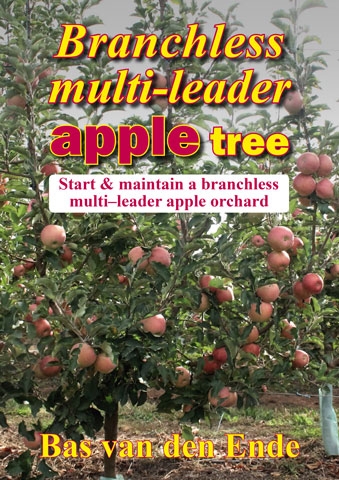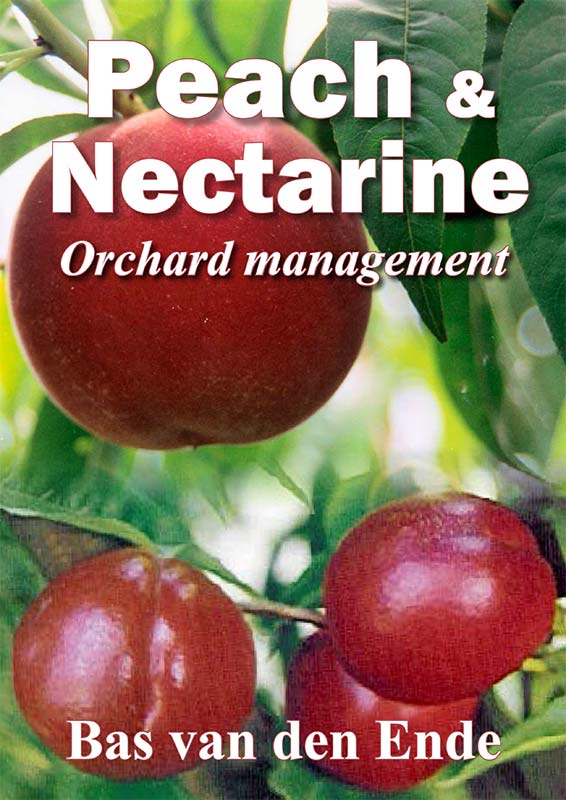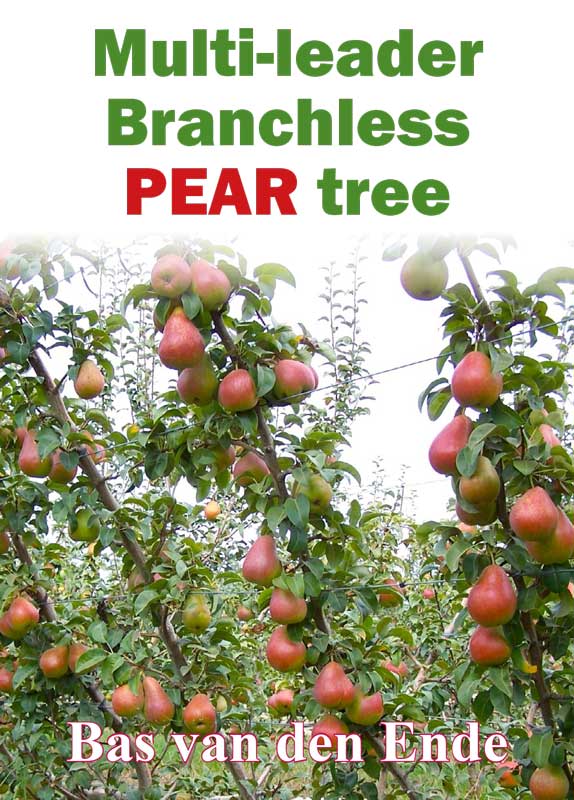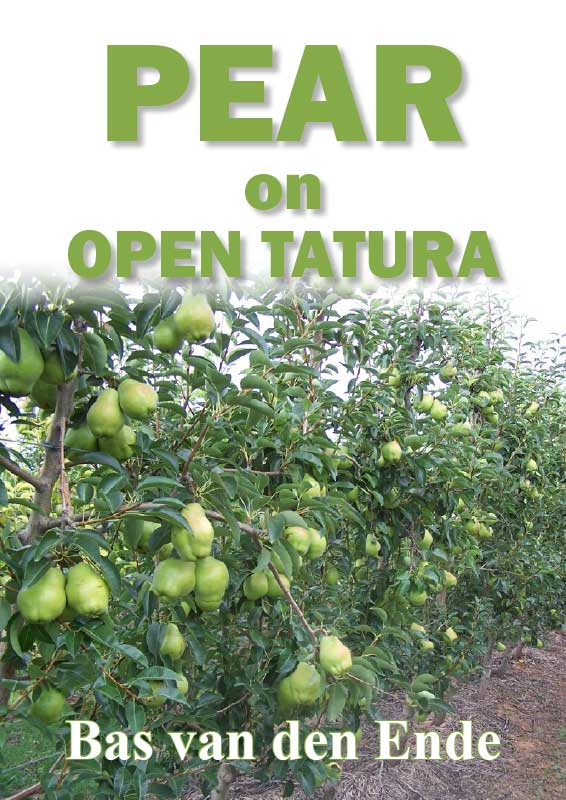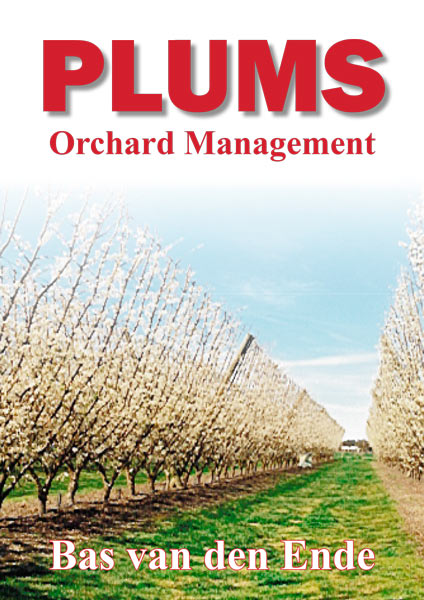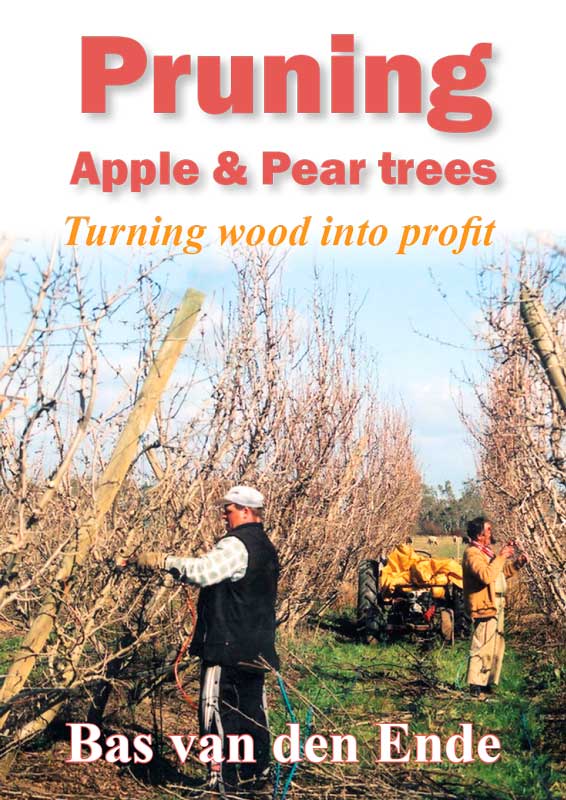Measuring conversion efficiency: The V-shape trees which fit conventional orchard equipment, had light interception levels similar to the English bed systems and Dutch multiple row slender spindle, neither of which could be maintained with conventional orchard equipment.
Measuring conversion efficiency (cont from last issue)
The high light interception of V-shaped canopies is the result of the canopy architecture which allows the tree canopies to grow partially over the tractor alleys.
On closer examination, potential productivity is directly related to the total canopy surface (cropping) area per hectare of bearing wood developed in a planting, and the very high plant density is necessary to maximise the number of fruiting sites per hectare as soon as possible.
These fruiting sites are arranged in a manageable design which favours light interception and light penetration (distribution) on trees with two leaders each without branches, maximising high light interception and good light distribution.
The arrangement together with manipulative treatments favouring flower initiation and fruit, divert the highest proportion of dry matter production to the marketable product.
It means that if you start an intensive planting with a crop at the earliest year, the size of the root system and trunk are restricted. This restricts tree growth and provides for better tree control.
An intensive system where the tree has been controlled by early cropping and heavy crops per unit of leaf area, is far less work per hectare. That is how you must look at it now and in the future.
Opinions differ on the merits of dwarfing rootstocks in attaining this goal.
Small & dense make a lot of sense
The small closely-planted trees that are supported by a trellis, have relatively little structural wood in relation to the bearing surface area because they do not need to develop a big complex tree structure.
The branchless trees with two leaders each allocate much less dry matter to wood and proportionally more of their dry matter to fruit than trees with complex tree structures.
A study in the USA with large free-standing apple trees compared distribution of dry matter in the above-ground parts of the trees. It showed that 44 per cent ended up in structural wood, only 33 per cent in fruit, and 23 per cent in shoots.
Benefits of the Open-Tatura Ground-Level Production System: (cont next issue)
This article is from the Orchard Manual: GROUND-LEVEL ORCHARD PRODUCTION
See this article in Tree Fruit August 2023



